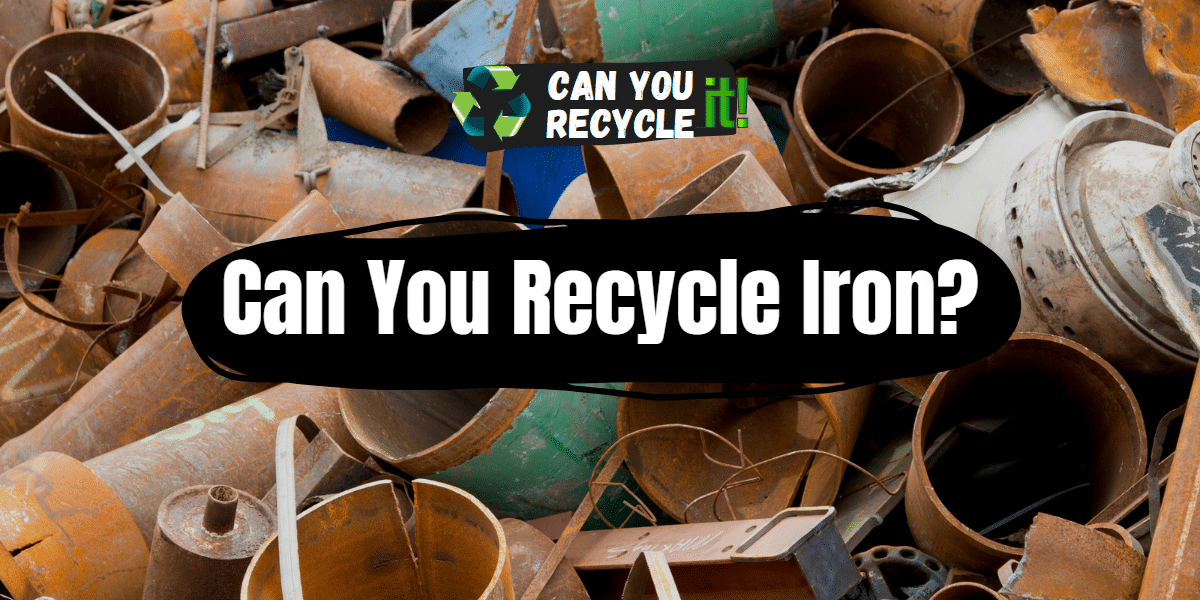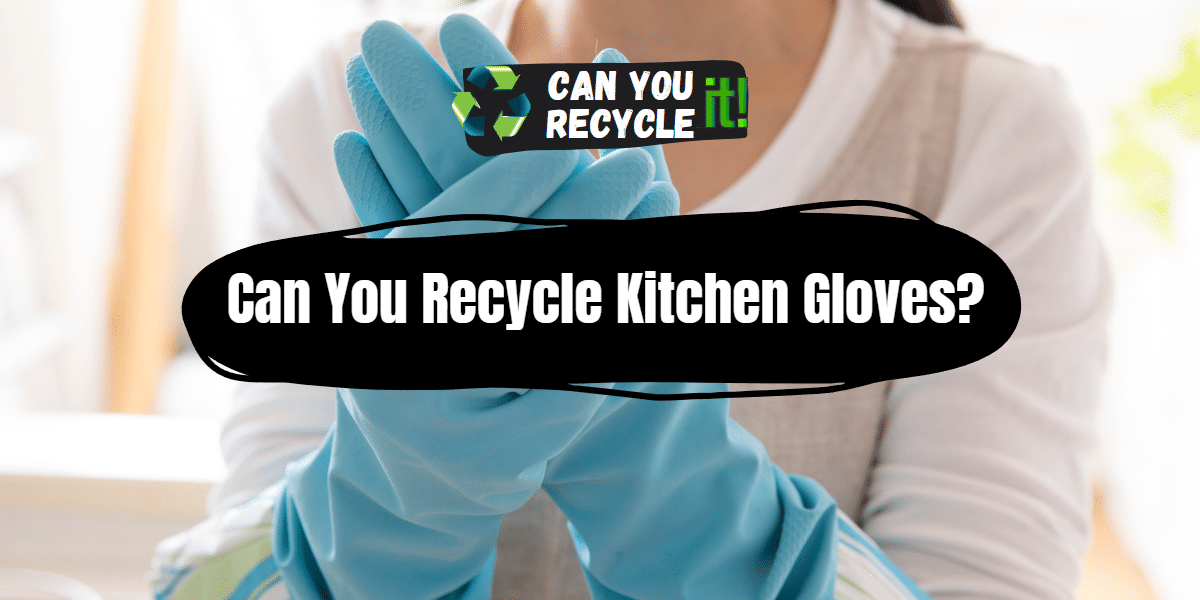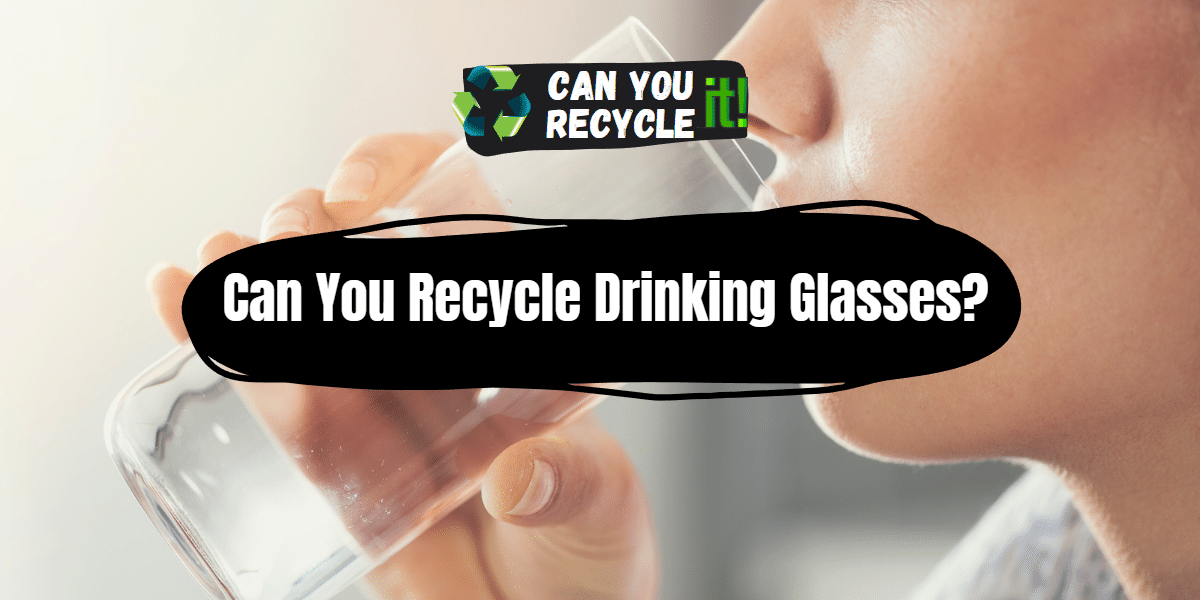YES! Iron is a highly recyclable material, and the process of recycling iron has numerous environmental and economic benefits.
Recycling iron not only reduces the need for raw materials but also saves energy and reduces greenhouse gas emissions.
Table of Contents
Do’s and Don’ts
When it comes to recycling iron, it’s essential to follow some dos and don’ts to ensure the process is efficient and environmentally friendly.
Dos
- separate iron from other materials: Before recycling iron, it’s crucial to separate it from other materials like plastic or wood. This can be done using magnets, as iron is a ferrous material and is attracted to magnets.
- clean the iron: Ensure that the iron you recycle is free from contaminants or coatings. Remove paint, varnish, or other substances that may hinder recycling.
- contact local recycling facilities: Contact local recycling facilities or scrap yards to inquire about their iron recycling programs. They can provide you with specific instructions on how to recycle iron in your area.
Don’ts
- DON’T mix iron with non-recyclable materials: Avoid combining iron with materials that cannot be recycled, such as plastic bags or food waste. Keeping the iron separate will streamline the recycling process.
- DON’T dispose of iron in the regular trash: Iron should never be thrown in the regular trash as it can be recycled. Instead, make the effort to recycle it properly and contribute to a sustainable future.
5-Step Guide to Recycling Iron
Recycling iron involves a series of steps to ensure its proper processing. Here is a simple 5-step guide to help you recycle iron effectively:
Step 1
Collecting Iron. Start by collecting all the iron items you want to recycle. This includes old appliances, metal tools, or scrap iron pieces.
Step 2
Sorting and Separating. Once you have collected the iron, it’s crucial to sort and separate it from other materials. Use magnets to attract the iron, as it will easily stick to them.
Step 3
Cleaning the Iron. Before recycling, make sure to clean the iron. Remove any coatings, paints, or attachments that may be present. Clean iron ensures a more efficient recycling process.
Step 4
Finding a Recycling Facility Research local recycling facilities or scrap yards that accept iron. Contact them to learn about their requirements and drop-off locations. Some facilities may even offer pick-up services.
Step 5
Recycling Process. Take you’re sorted and cleaned iron to the recycling facility or scrap yard. Follow their guidelines for drop-off or collection. The iron will be processed, melted, and transformed into new iron products.
FAQs On Can You Recycle Iron?
Why should I recycle iron?
Recycling iron helps conserve natural resources, reduces energy consumption, and minimizes the environmental impact of extracting and processing new iron.
What are some common iron items that can be recycled?
Everyday iron items that can be recycled include old appliances (e.g., refrigerators, washing machines), steel cans, car parts, construction materials, and various metal scraps.
Can rusty iron be recycled?
Yes, rusty iron can still be recycled. The rust can be removed during the recycling process, and the iron can be melted down and reused.
How does recycling iron benefit the environment?
Recycling iron helps reduce the demand for mining and extracting new iron ore. This, in turn, conserves natural resources, minimizes water and air pollution associated with iron production, and reduces greenhouse gas emissions.
Can I make money by recycling iron?
Yes, recycling iron can be financially rewarding. Many recycling facilities and scrap yards pay for iron based on its weight and current market prices. You can earn some extra cash while contributing to a greener planet.
Are there any safety precautions when recycling iron?
It’s essential to handle iron with care to avoid injuries. Use gloves and other protective gear when sorting and handling iron objects. Be cautious of sharp edges and heavy objects during the recycling process.
Final Thoughts 💭
Recycling iron is not only possible but highly beneficial for both the environment and the economy. By recycling iron, you help conserve resources, reduce energy consumption, and minimize the environmental impact of iron production. Remember to follow the dos and don’ts of iron recycling, separate iron from other materials, clean it properly, and find a reputable recycling facility or scrap yard in your area. By taking these steps, you can play an active role in promoting sustainability and a circular economy. So, let’s embrace iron recycling and make a positive impact on our planet. Together, we can create a greener and more sustainable future!
In conclusion, the answer to the question “Can you recycle iron?” is a definite YES. Now that you have a comprehensive guide and understanding of iron recycling, it’s time to take action and contribute to a more sustainable world. Start collecting your iron items, follow the recycling process, and make a difference. Remember, every small effort counts, and together we can build a greener and brighter future for generations to come.





Leave a Reply